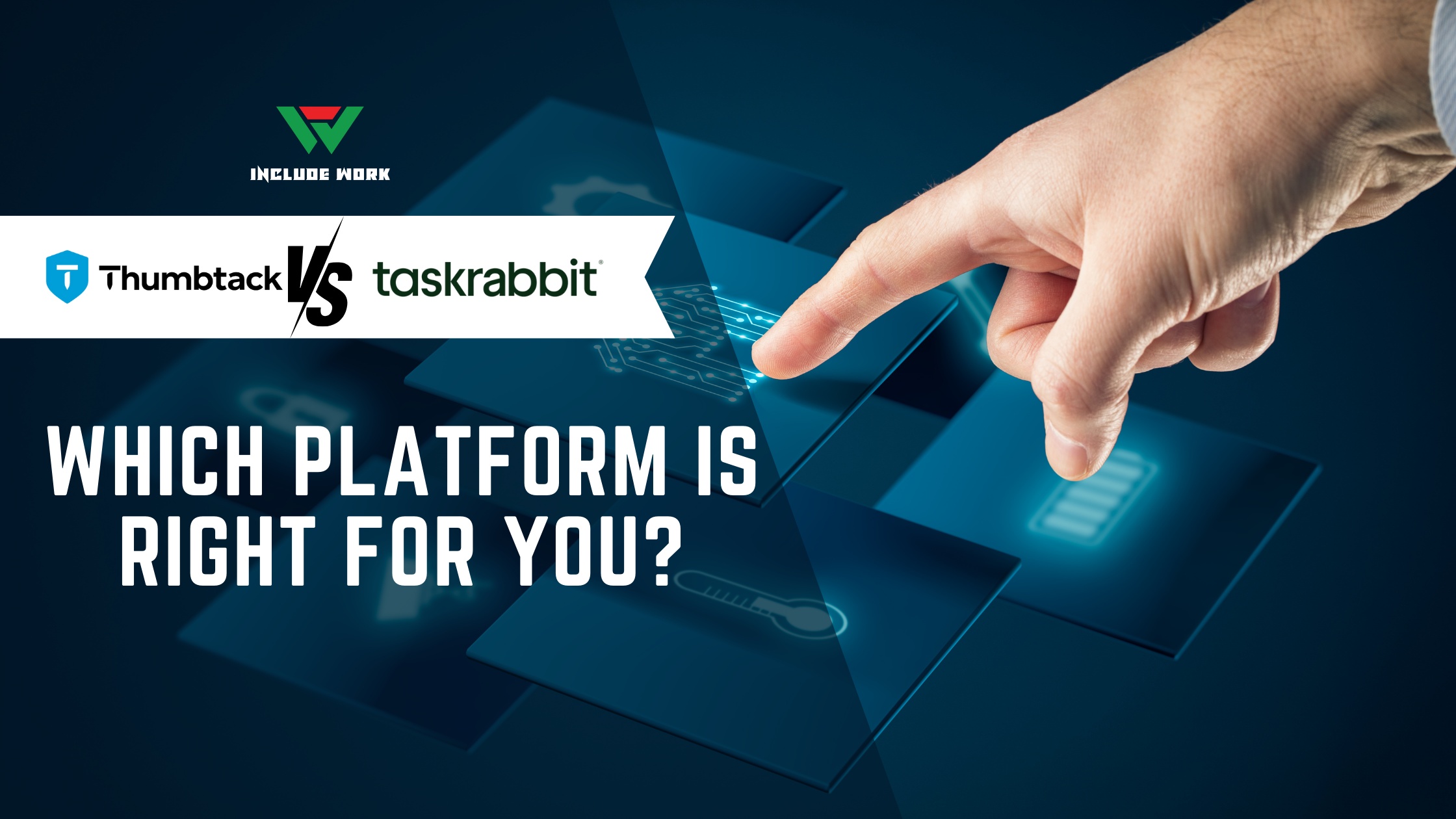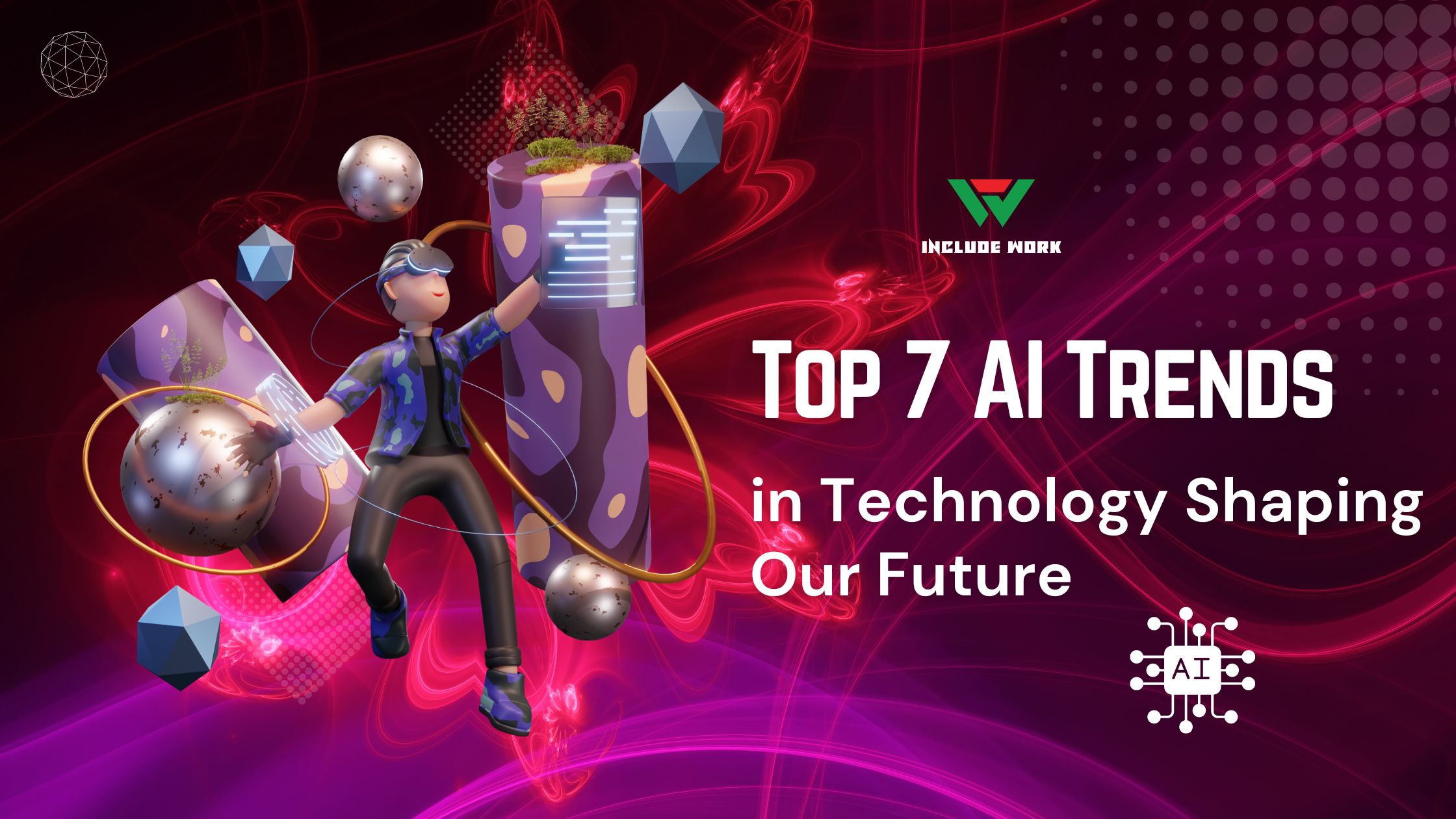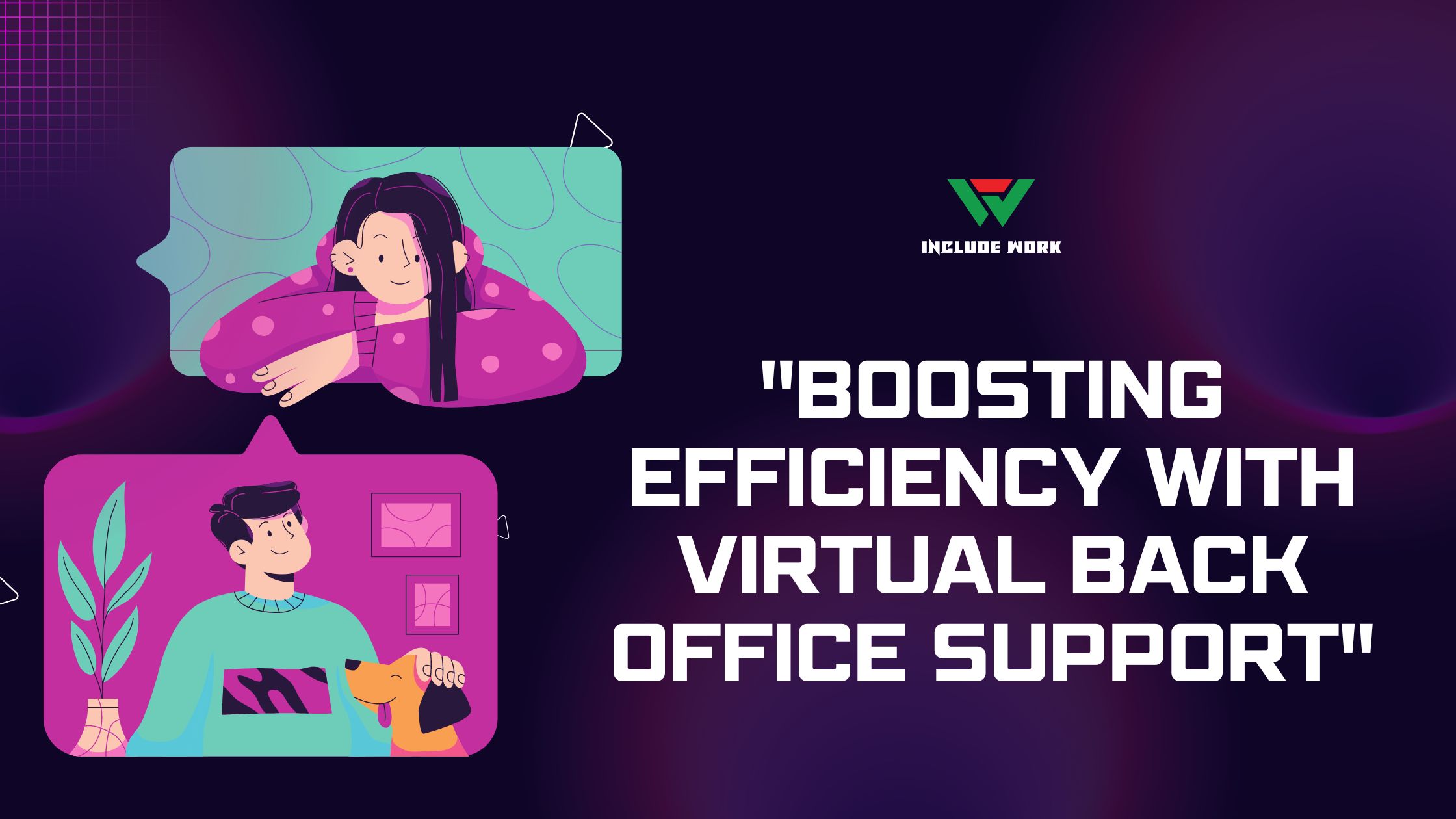In today’s digital age, video marketing stands out as a compelling tool for businesses aiming to capture and maintain audience attention. But why video marketing is so powerful?
Table of Contents
It’s simple: videos combine visuals, sound, and storytelling elements that resonate deeply with viewers, turning simple messages into memorable experiences. Whether it’s a brief product introduction or an elaborate company story, videos have the unique ability to engage viewers emotionally and intellectually.
The Power of Visual Storytelling
Visual storytelling through video marketing taps into the human brain’s preference for dynamic, engaging content. Studies suggest that individuals remember 95% of a message when it’s delivered in video format, compared to just 10% when read in text. This is because videos stimulate multiple senses simultaneously, making the information more digestible and memorable.

Here are some key points that showcase the power of visual storytelling in video marketing:
- Emotional Connection: Videos can evoke emotions more effectively than text or static images alone. They allow brands to create a personal connection with viewers, which can foster brand loyalty and trust.
- Complex Information Made Simple: Whether explaining a new product or demonstrating a service, videos can simplify complex information, making it accessible to a wider audience.
- Brand Identity: Through style, tone, and content, videos help companies express their brand’s personality, differentiating themselves from competitors.
Visual storytelling isn’t just about showing a product; it’s about crafting a narrative that viewers can relate to, making your message not just seen, but felt.
Increased Engagement and Retention
Video content has proven to be an exceptional tool for increasing user engagement and retention on platforms across the web. The dynamic nature of video means that viewers are more likely to stay engaged for longer periods. This engagement is critical in a world where digital content is abundant and attention spans are short.

Here’s how video marketing drives higher engagement and retention:
- Attention Grabbing: From the first frame, videos are designed to catch the eye. Motion and sound play pivotal roles in breaking through the noise of a crowded content landscape.
- Higher Retention Rates: The compelling combination of audio and visuals means that viewers are more likely to watch a video through to the end than they are to read a full article or interact with static images.
- Interactive Elements: Many videos include calls-to-action (CTA), encouraging viewers to engage further by visiting a website, signing up for a newsletter, or following social media channels.
By maintaining viewer interest and encouraging active participation, video marketing creates a feedback loop that benefits both consumers and brands alike.
Boosting Conversion Rates
Video marketing is not just about attracting views; it’s a strategic tool that significantly boosts conversion rates. By effectively conveying messages and persuading viewers, videos can directly influence purchasing decisions. Here’s how videos enhance conversions:

- Demonstrating Product Benefits: Videos allow brands to showcase product features and benefits in action, which can help to clarify the value proposition to potential customers.
- Building Trust: Through testimonials and case studies, videos build credibility and trust with audiences, making them more likely to commit to a purchase.
- Encouraging Immediate Action: With clear, compelling calls-to-action, videos can guide viewers to take immediate steps, whether that’s making a purchase, registering for a webinar, or downloading a resource.
Incorporating video into landing pages, for instance, can increase conversion rates by over 80%. This statistic highlights the direct impact that video content can have on a viewer’s decision-making process, turning interest into action.
Enhanced SEO Benefits
Video marketing also plays a crucial role in enhancing search engine optimization (SEO). By integrating videos into your content strategy, you can improve your website’s visibility and ranking on search engine results pages (SERPs). Here’s how video contributes to better SEO:

- Increased Dwell Time: Videos encourage visitors to spend more time on your pages. Search engines interpret longer dwell times as a sign of valuable content, which can boost your site’s rankings.
- Better Click-Through Rates: Including a video in search results can significantly increase click-through rates. People are often more inclined to click on a video link than on a text-only result.
- Rich Snippets and Video Previews: Search engines like Google often display video thumbnails next to search results. These rich snippets can capture attention and drive more traffic to your site.
Moreover, videos can be optimized with relevant keywords, titles, and descriptions, enhancing your content’s discoverability. By making your content more appealing and accessible through video, you not only satisfy current SEO standards but also set the stage for future visibility as search algorithms continue to evolve.
Videos on Social Media | A Game Changer
The integration of videos into social media platforms has transformed how brands engage with their audiences. Platforms like YouTube, Instagram, and TikTok prioritize video content, which tends to have higher engagement rates compared to other forms of content. Here’s why video marketing on social media is so powerful:

- Wider Reach: Videos are more likely to be shared across social networks, extending your content’s reach beyond your immediate followers. This viral potential is a key advantage of video content.
- Real-Time Interaction: Live videos on platforms such as Facebook and Instagram offer real-time engagement opportunities, allowing brands to interact directly with their audience, answer questions, and build a stronger community.
- Enhanced Personalization: Video content can be easily personalized to target specific groups within a broader audience, increasing relevance and engagement.
This strategic use of video on social media not only boosts visibility but also fosters a deeper connection with audiences, enhancing brand loyalty and encouraging user-generated content, further amplifying the impact of marketing efforts.
Accessibility and Reach
Video marketing significantly enhances accessibility and expands the reach of your content to diverse audiences. By incorporating videos, you make your message available to people of varying abilities and preferences, which broadens your potential customer base. Here’s how video contributes to greater accessibility and reach:
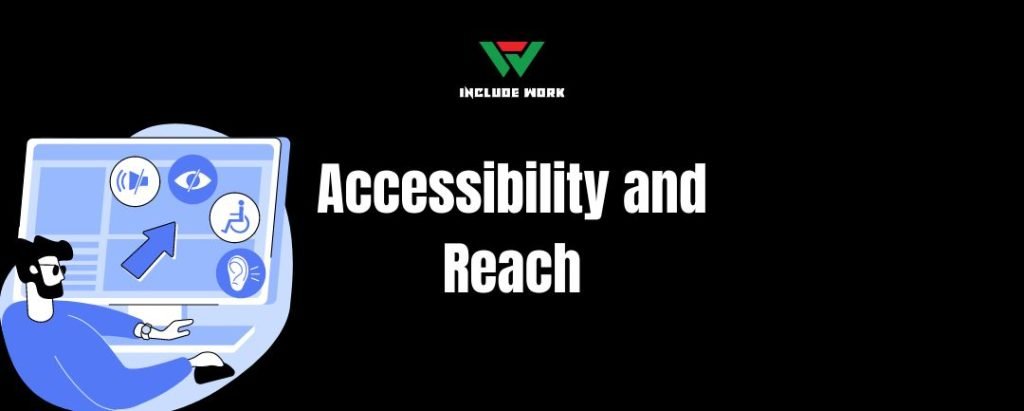
- Visual Learning: Many people are visual learners, so they understand and retain information better through videos. This makes video an effective tool for education and explanation.
- Language Barriers: Videos with visuals and subtitles can help bridge language barriers, making your content understandable to non-native speakers or those with hearing impairments.
- Mobile Accessibility: With the increasing use of smartphones, videos offer a convenient way for users to consume content on the go. Most social media platforms optimize video content for mobile viewing, ensuring that your messages reach users wherever they are.
Furthermore, video content can be adapted for various platforms, enhancing its utility across different media and maximizing your outreach efforts. This adaptability ensures that videos can reach a wide audience, regardless of their preferred platform or device.
Innovations in Video Marketing
The field of video marketing is continuously evolving, driven by technological advancements and creative innovations. These developments not only enhance the quality of video content but also expand the ways in which it can be utilized for marketing purposes. Here’s a look at some of the cutting-edge innovations in video marketing:
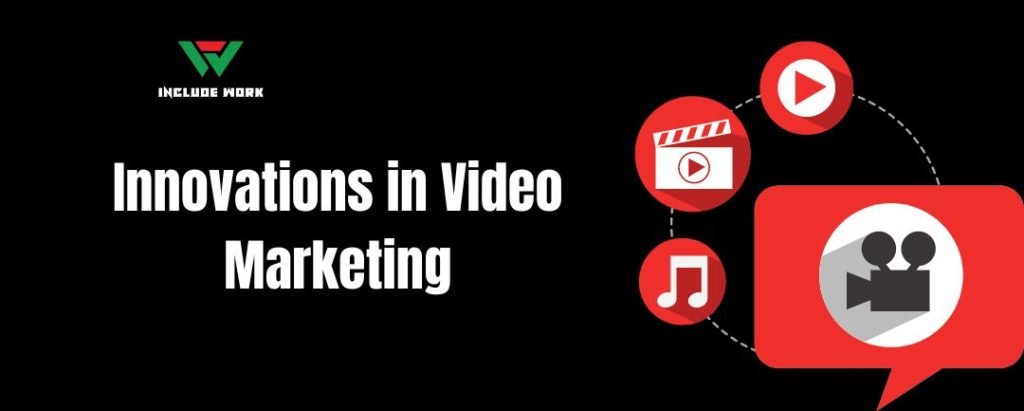
- Augmented Reality (AR) and Virtual Reality (VR): These technologies are creating immersive video experiences that allow consumers to engage with products in a completely new way. For example, AR can overlay a product in a user’s environment, while VR can transport them to a virtual world, both enhancing the user experience dramatically.
- Interactive Videos: This format includes clickable elements that can lead to other content, quizzes, or even direct purchase options, making the video experience interactive and increasing engagement.
- Personalized Video Content: Advances in data analytics and AI allow marketers to create personalized video messages based on user behavior and preferences. This level of customization improves engagement rates and can significantly boost conversion rates.
These innovations are making video content not just a tool for storytelling, but an interactive and highly engaging platform for customer interaction and brand growth. As these technologies become more accessible, they will likely play a pivotal role in the future of video marketing.
Measuring the Success of Video Marketing
To maximize the effectiveness of video marketing, it’s crucial to measure and analyze its impact. Understanding the performance of your video content helps refine strategies and improve future campaigns. Here are some key metrics and tools to consider when assessing the success of your video marketing efforts:

- View Count: This basic metric indicates the number of times a video has been watched, providing a simple measure of its reach.
- Engagement Rate: More detailed than view counts, engagement metrics such as likes, shares, comments, and watch time help gauge how well the audience interacts with the video.
- Conversion Metrics: Tracking how many viewers take a desired action after watching a video (such as visiting a website, signing up for a newsletter, or making a purchase) is critical for determining ROI.
- Feedback and Surveys: Direct feedback from viewers can provide qualitative insights into how the video is received and its impact on brand perception.
By regularly monitoring these metrics, marketers can not only assess the effectiveness of their video content but also gain valuable insights into audience preferences and behavior, which can guide future marketing decisions and strategies.
Why Video Marketing is So Powerful | My own experience
Hey there! I totally get why you’re curious about why video marketing is so powerful. Let me share a bit from my own experience that really highlights its impact.
Back in my early days of digital marketing, I stumbled onto video marketing somewhat by accident. I was working with a small team on a shoestring budget for a local bakery that was struggling to attract new customers. We decided to create a series of short, engaging videos showcasing their baking process and the daily special. The results were nothing short of miraculous! Within weeks, our videos had not only gone viral locally but also drastically increased foot traffic.
It was a clear demonstration of how video could capture attention in ways that text and images alone simply couldn’t. People loved seeing the actual process, hearing the sounds of the bakery, and virtually tasting the pastries through their screens. This visceral experience created a connection that significantly boosted the bakery’s profile.
This personal triumph with video marketing really opened my eyes to its potential. Videos have this unique ability to convey emotion, create a sense of atmosphere, and communicate complex messages quickly and effectively. Whether it’s showing the behind-the-scenes of a bakery, a day in the life at a tech startup, or just a quick tutorial, videos have the power to engage and hold the viewer’s attention like no other medium.
They’re not just sharing information; they’re telling stories and evoking responses on a deeply personal level. From then on, I’ve always included video content in my marketing strategies, because when done right, the impact is undeniable. So, if you’re looking to make a memorable mark in your field, definitely consider harnessing the power of video marketing!
Conclusion
Why is video marketing so powerful? It’s clear from the discussion that video marketing harnesses the power of visual storytelling, increases engagement and retention, boosts conversion rates, enhances SEO benefits, and adapts brilliantly to social media dynamics. Moreover, its accessibility reaches a broader audience, and ongoing innovations continue to push its boundaries.
As we’ve seen, the success of video marketing can be measured through various metrics, ensuring strategies are both effective and adaptable. For businesses aiming to thrive in today’s digital landscape, leveraging video marketing is not just a strategy—it’s a necessity. Engaging, dynamic, and persuasive, video content is your key to connecting with audiences in a deeply impactful way.


